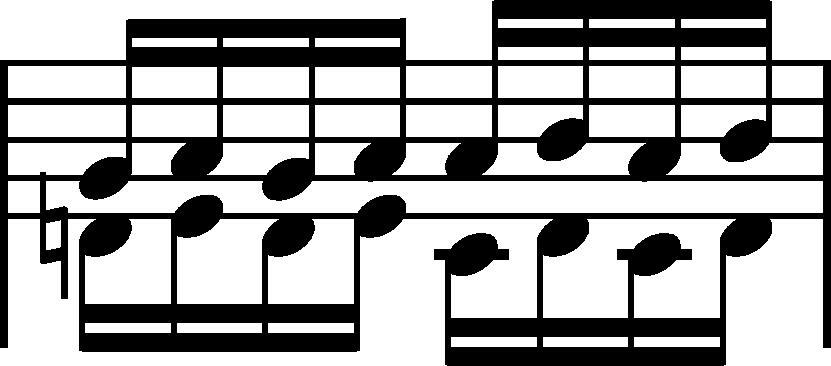



Issues : Authentic corrections of FE
|
b. 5
|
composition: Op. 10 No 3, Etude in E major
..
In the sources, the indications concerning the e1 crotchet are unclear. The fact of shifting the accent in A to the right may be considered as an irrelevant inaccuracy of notation or a suggestion of the sign's length. The version of FE seems to be even more puzzling, especially given the fact that it was most probably corrected – over the stave, to the right of the note there are visible possible traces of deletion of the accent. It is also unclear why the staccato dot was not included neither in GE nor in EE. category imprint: Graphic ambiguousness; Interpretations within context; Differences between sources issues: Long accents , Errors in EE , GE revisions , Authentic corrections of FE |
|||||||||||
|
b. 6-7
|
composition: Op. 10 No 3, Etude in E major
..
In FE, in the part of the R.H. there are visible traces of correcting up to six erroneous notes in this bar. The engraver's errors resulted here from the routine approach, assuming the presence of the simplest figuration schemes – category imprint: Source & stylistic information issues: Errors in FE , Authentic corrections of FE |
|||||||||||
|
b. 8
|
composition: Op. 10 No 3, Etude in E major
..
The indications ten. and ritenuto were added by Chopin in a different time – the first already in A, while the second only in a proofreading of FE (→GE,EE). category imprint: Differences between sources; Corrections & alterations issues: Authentic corrections of FE |
|||||||||||
|
b. 8
|
composition: Op. 10 No 3, Etude in E major
..
In the main text, we give the fingering of the L.H. added by Chopin in a proofreading of FE (→GE). According to us, the fingering was meant to dissipate any possible doubts concerning the division between the hands – in this particular place moving the bottom voice of the R.H. to the bottom stave may suggest its performance by the L.H. The fingering is absent in EE, which may be an oversight of the engraver or a revision of Fontana, who focused on the R.H. (in bars 1-14 he provided fingering to almost every note in the R.H.). category imprint: Differences between sources issues: EE revisions , Authentic corrections of FE |
|||||||||||
|
b. 8-9
|
composition: Op. 10 No 3, Etude in E major
..
The long accent over the d category imprint: Differences between sources issues: Long accents , Authentic corrections of FE |





 .
.

 1-b1 sixth in bar 8 and the
1-b1 sixth in bar 8 and the  hairpins in bar 9 were added by Chopin in a proofreading of
hairpins in bar 9 were added by Chopin in a proofreading of